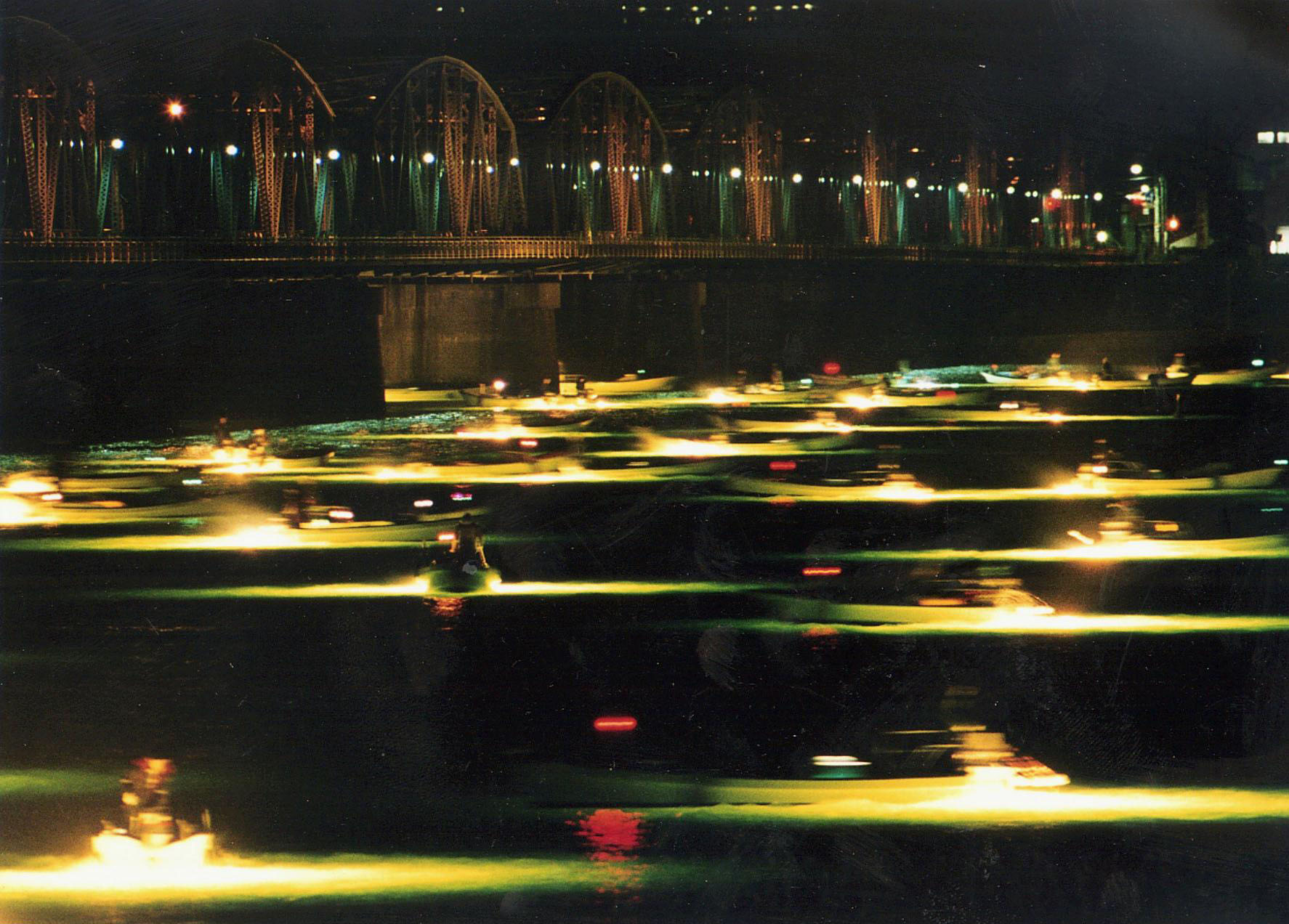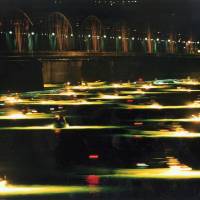Prices for young eel have surged to their highest amid a string of extremely poor catches, and the government is looking for countermeasures, it was learned Monday.
Fishermen mainly go after wild glass eel caught at the headwaters of rivers so they can produce farm-raised eel to satisfy high summer demand for "unagi."
This is because the complete cycle for artificially breeding eel fry from eggs has not entered practical use yet. But catches for glass have plunged over 95 percent since peaking in 1963.
The eel-fishing season has suffered an unprecedented third consecutive year of bad hauls. The 2009 haul for glass eel was believed to be 24.7 tons, but that plunged to 9.2 tons in 2010 and 9.5 tons in 2011, according to the Fisheries Agency.
The catch so far this year has fallen to less than half of what it was in the previous year for the same time period, and this trend appears prevalent in almost all of the major fishing grounds in western Japan, agency and industry sources said.
Transaction prices for freshwater glass eel have tripled from last year's nationwide average of about ¥850,000 per kg, to ¥2 million to ¥2.5 million this year — about 10 times the ¥250,000 quoted in 2004.
Fisheries experts have voiced concern about the lack of regulations against overfishing. But agency officials said it is difficult to take effective measures because they do not know what is behind the drop in catches.
Ninety-nine percent of the unagi sold are farm-raised. Experts have attributed the drastic decline of the wild Japanese eel catch, for both glass and mature eel, in recent years to overfishing as well as dam construction and other environmental damage to rivers.




